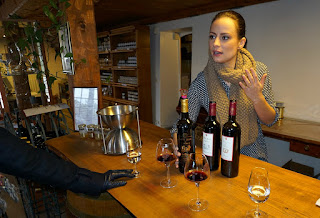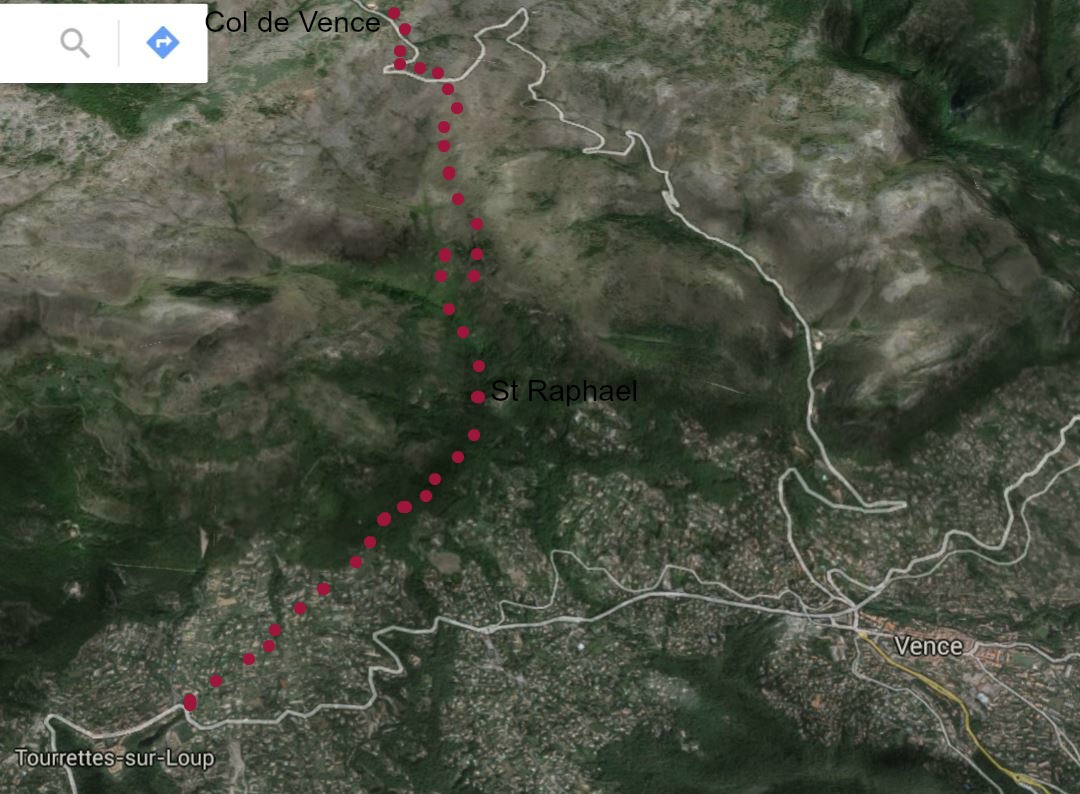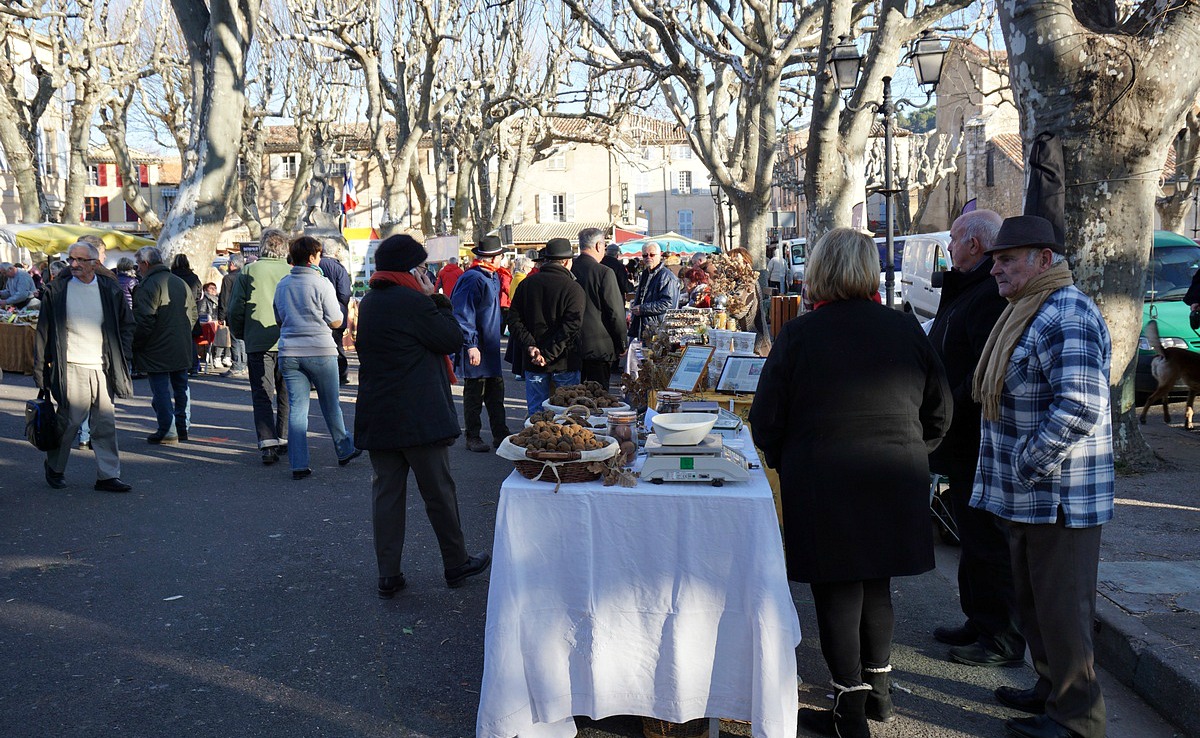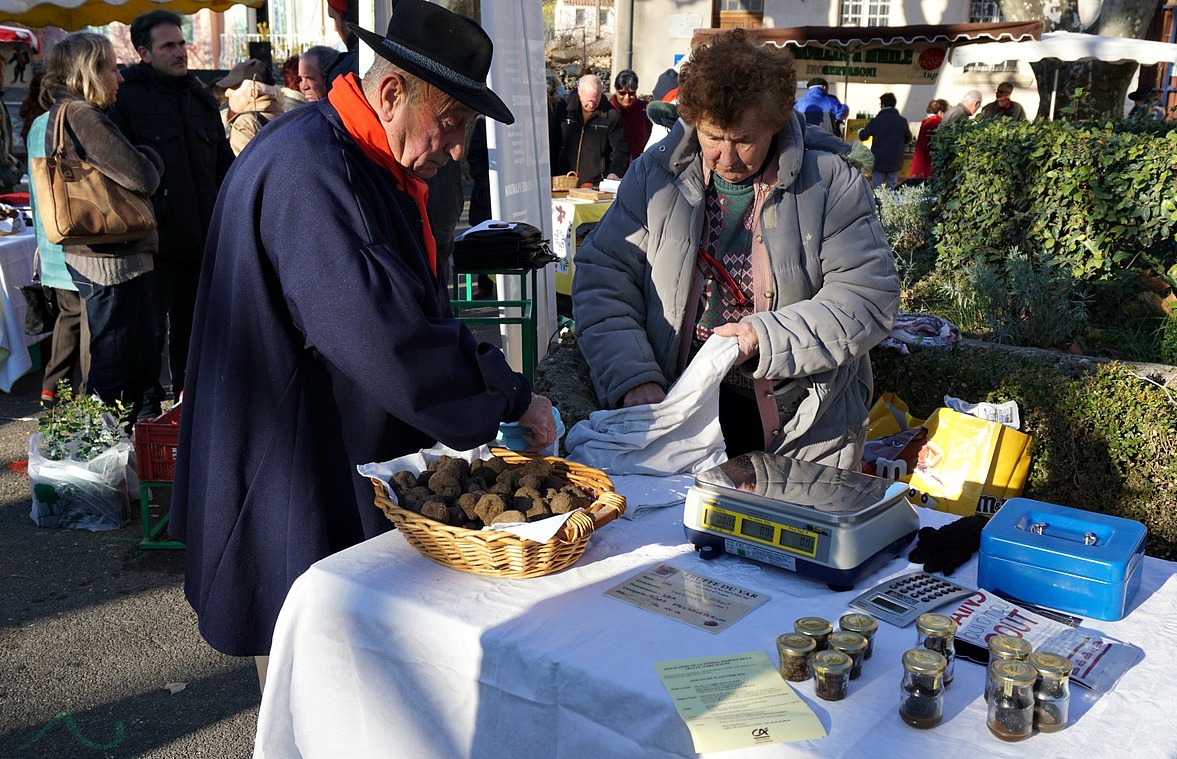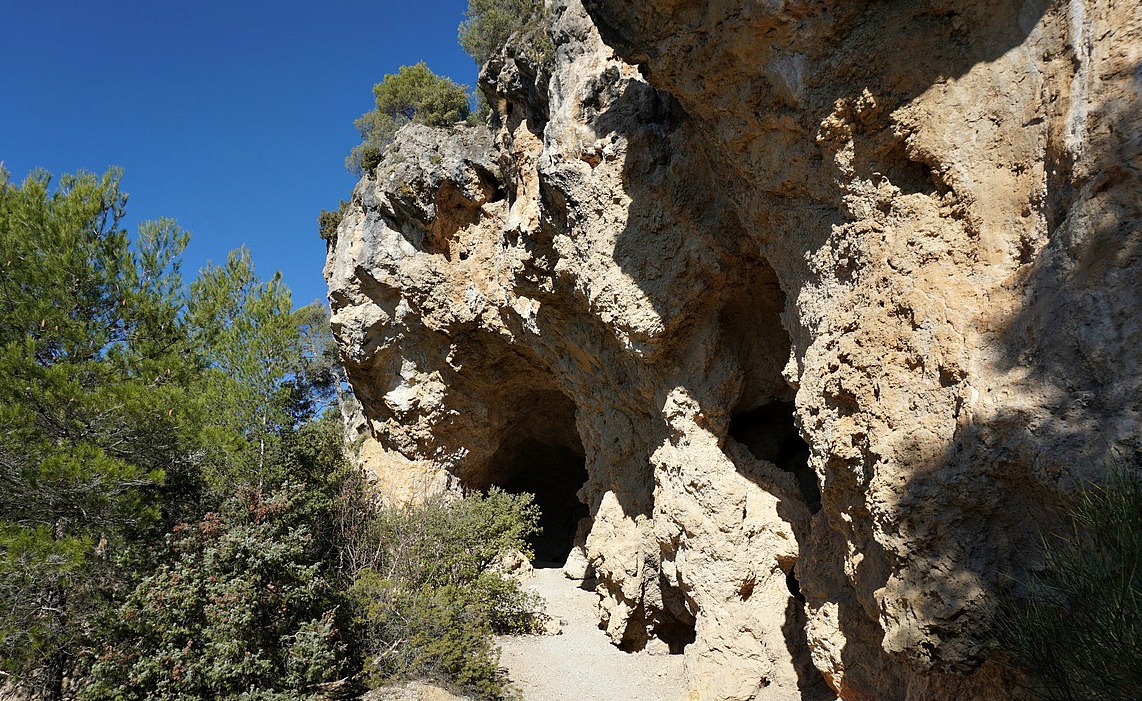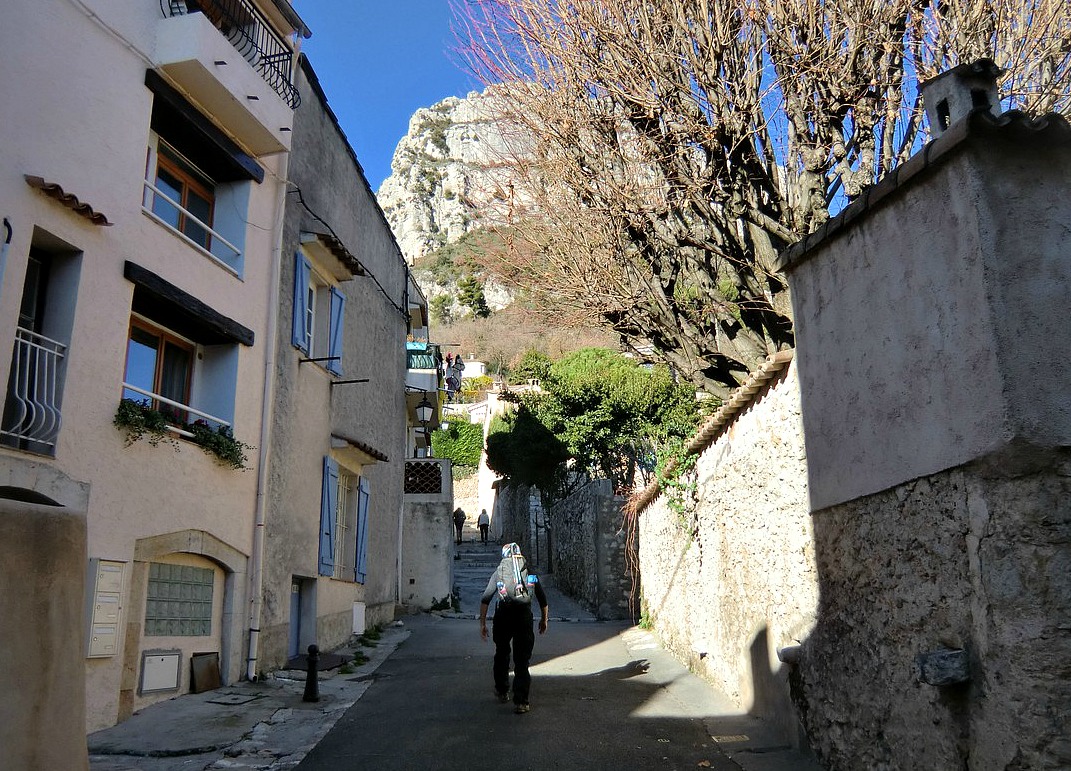Carefree ratatouille recipe
Ratatouille, the traditional vegetable stew, originates in Nice. It is popular on the South of France coast in summer when tomatoes are at their best. Other vegetable ingredients are onions, garlic, bell peppers, aubergine/eggplant, courgette/zucchini, black olives, olive oil and Provençal herbs.
There are many different ratatouille recipes. Some are quite time-consuming as all the vegetables are first sautéed separately and then combined with tomato sauce. Some need a very long cooking time and the end result is more like a purée.
The vegetables need to be soft, but I like that the individual vegetables still are recognisable. I like ratatouille so much that I start making it already in February- March when the new vegetables start coming from Spain and Italy to our supermarket in Nice.
Ratatouille is a great accompaniment to meat and chicken and especially good with lamb. It can be gratinated with parmesan and bread crumbs and served as a vegetarian dish with white beans, good bread and a salad.
2-3 servings
3 tbsp. olive oil
1 small aubergine, chopped
1 red bell pepper, chopped
1 small courgette, chopped
1 large tomato, chopped
1 medium onion, chopped
2 cloves garlic, minced
8 black olives, pitted
1 tsp dried Provençal herbs
Fresh basil or other herb to decorate
In a large heavy casserole, cocotte, warm the olive oil over medium heat. Wash and chop the aubergine. Start sautéing first the aubergine, which takes the longest to cook. Then chop the red bell pepper and courgette and add into the casserole. Stir frequently.
Add the onion, garlic, tomato, black olives and Provençal herbs. Continue sautéing for about 10 minutes. Stir now and again.
Then reduce the heat, cover the casserole and let simmer for about 1 hour until the vegetables are soft. Stir occasionally. Decorate with basil/other fresh herb before serving.
Preparation time: about 20 min
Cooking time: about one hour











